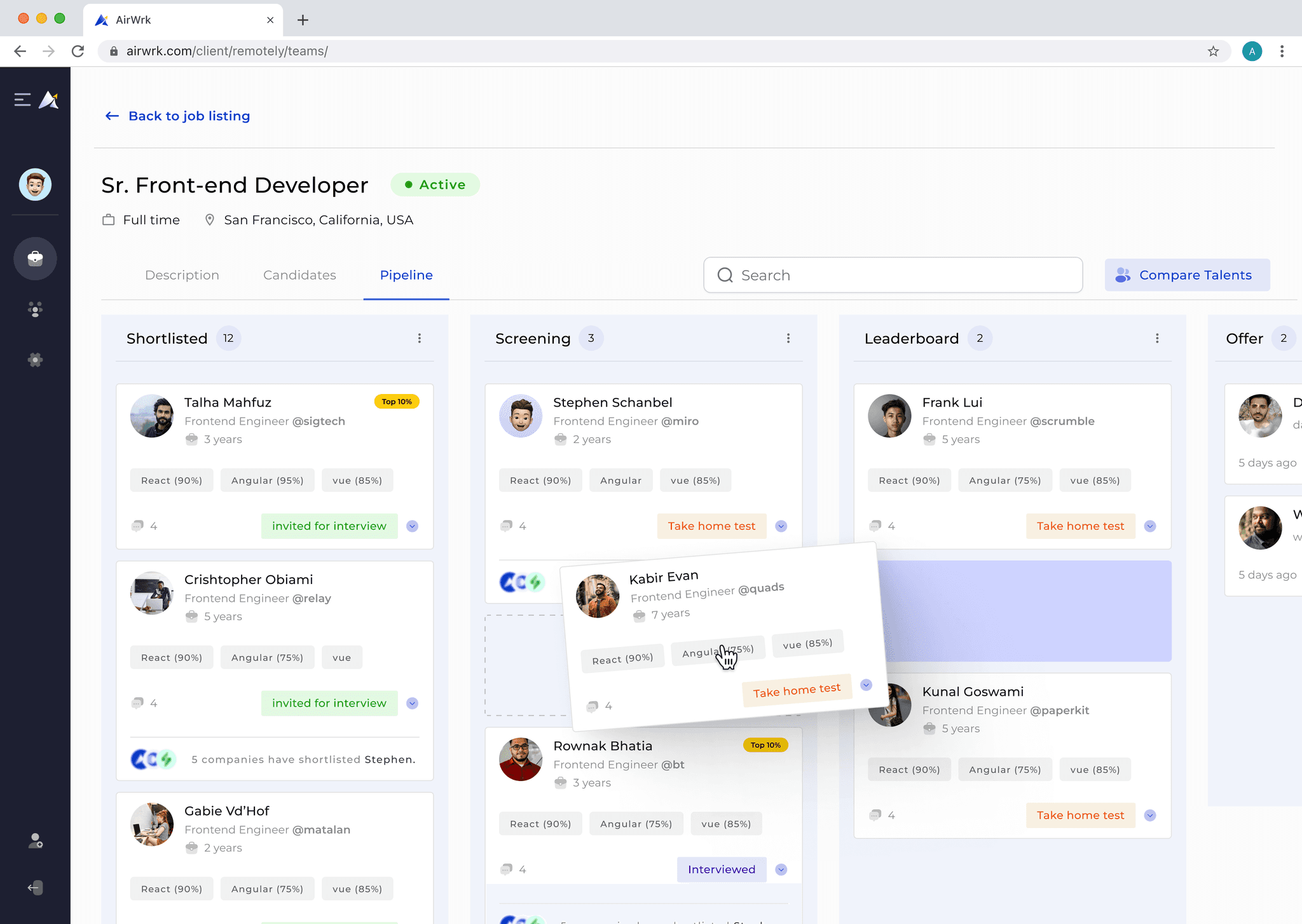Breaking The Glass Firewall: Why Women Are So Hard To Find In South Asia’s Tech Industry

Samiha Wadood, Business Generalist
Mar 8, 2023
The technology industry can be likened to a speeding train hurtling towards the future, with advancements in technology moving at an incredible pace. However, it seems to be leaving a significant portion of the population behind – women.
Despite Ada Lovelace writing the first computer program in the 1800s, tech has evolved to be a male-dominated field. Although a global issue, it is more pronounced in South Asia, where the gender gap is particularly wide. Efforts to encourage more women to enter the industry are underway, but progress has been slow, and the number of women working in technology remains small.
Facts and figures
The statistics are clear: women are significantly underrepresented in the tech industry. According to a report by the World Economic Forum, South Asia ranks the lowest in terms of closing the gender gap in the workforce. In Bangladesh, the number of women in the IT industry was reported to be 12% in 2020. Similarly, in Pakistan, the figure is 14% while India shows a more optimistic figure with women making up 36% of the IT industry. These numbers are particularly striking given the fact that women make up almost 50% of the total population in these countries.
Reasons behind the gender gap in tech
Cultural biases towards traditional gender roles and the expectation for women to take on a caregiver role often discourage women from pursuing careers in technology as it is a more demanding career choice. Widening gender gap in secondary education and increased dropout rates following the Covid-19 pandemic school closure also represent a bleak future for more female participation in the tech field.
Additionally, workplace culture and practices can be a barrier for women in the tech industry. Recruiters’ ingrained bias can lead to more male tech hires as men are culturally deemed to be better at science and technology. The fear of sexual harassment in a male-dominated environment can deter women from seeking employment, which is one of the many reasons behind why the unemployment rate in women is 2.5 times higher than their male counterparts’.
What can be done to address the gender gap in tech?
According to a study published by Asia Development Bank, the enrollment of women in CSE/IIT programs was roughly 21.5% between 2013 and 2018, while the job placement rate for female graduates was 58.6%, 23.6 percentage points lower than that of male graduates. Therefore increasing access to education and training programs becomes crucial. Scholarships and grants targeted towards women at the undergraduate level can encourage them to pursue an education in STEM and decrease the dropout/subject change rate.
Another important step is to address workplace culture and practices. Tech companies should prioritize diversity and inclusion initiatives, which can help create a more welcoming and supportive environment for women. This can include initiatives such as unconscious bias training, mentorship programs, and workplace arrangements as the lack of proper workplace infrastructure is a deterrent for many women.
Many tech companies are opting for a remote-first work mode which helps break down the barriers preventing women from entering and advancing in the industry. By eliminating the need for relocation or commuting, remote work can benefit women who may face additional caregiving responsibilities or live in areas with limited job opportunities in tech. Airwrk is one company working to increase the accessibility of remote tech careers for the South Asian subcontinent.
Despite efforts to increase the participation of women in the industry, progress has been slow, and the number of women in the tech field remains low. However, there is hope. Initiatives such as scholarships and grants, mentorship programs, and workplace arrangements can help create a more welcoming environment for women in tech. The adoption of remote work by tech companies is also a promising development that can help break down barriers and increase access to tech careers for women. As we hurtle towards the future, it’s essential to make sure that everyone is on board the speeding train of technological advancement, including women.








